MSTN121 Assessment 2: Neuroplasticity and Neuropathic Pain Blog
VerifiedAdded on 2022/10/10
|6
|850
|147
Creative Assignment
AI Summary
This blog post, written for a client audience with limited knowledge of medical terminology, explores the relationship between neuroplasticity and neuropathic pain. The post defines neuroplasticity as the brain's ability to adapt and change, and explains how neuropathic pain arises from damage to the somatosensory nerves, leading to symptoms like hyperalgesia, allodynia, and spontaneous pain. The author discusses how chronic pain is linked to brain circuits and neuroplastic changes, particularly in the context of lower back pain. The blog post also highlights the importance of consulting a doctor for such pain and the role of neuroplasticity in pain perception. The post also references the involvement of mast cells, microglia, and astrocytes in neuroinflammation and associated pain. The author emphasizes the need for classifying the intensity of the disease to provide effective treatment. The assignment fulfills the requirements of a blog post for the MSTN121 Neurophysiology assessment at Endeavour College.
1 out of 6
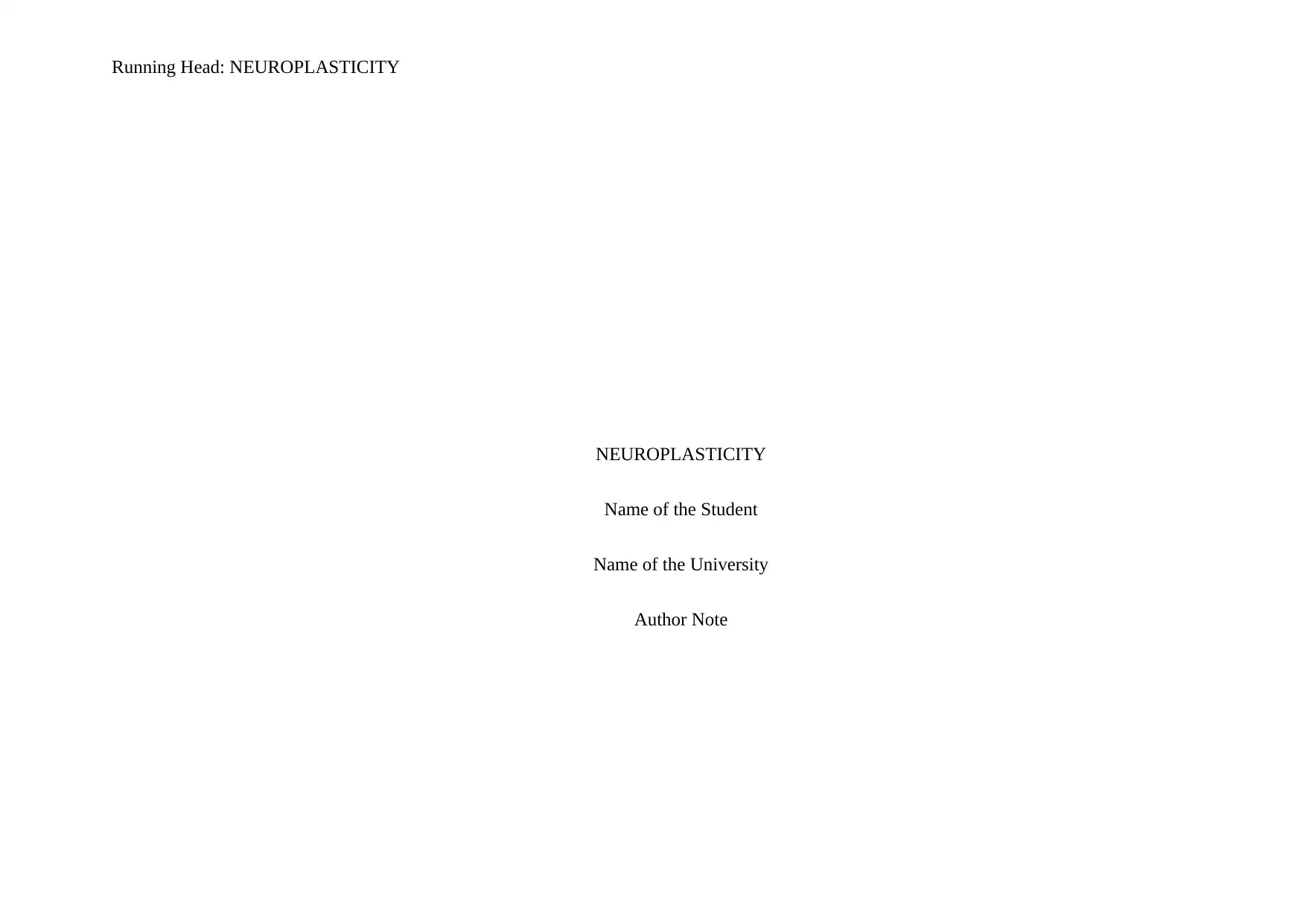
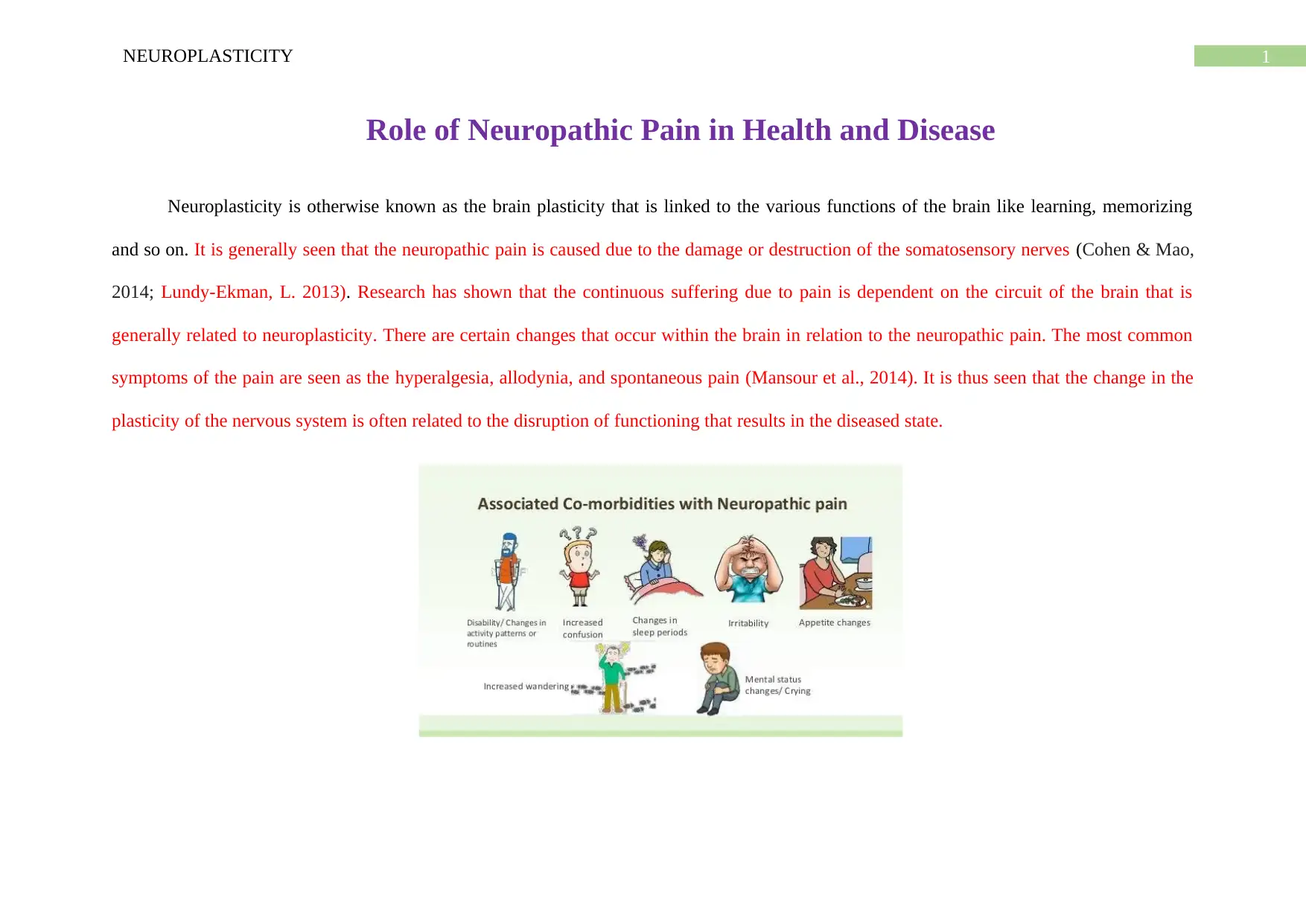
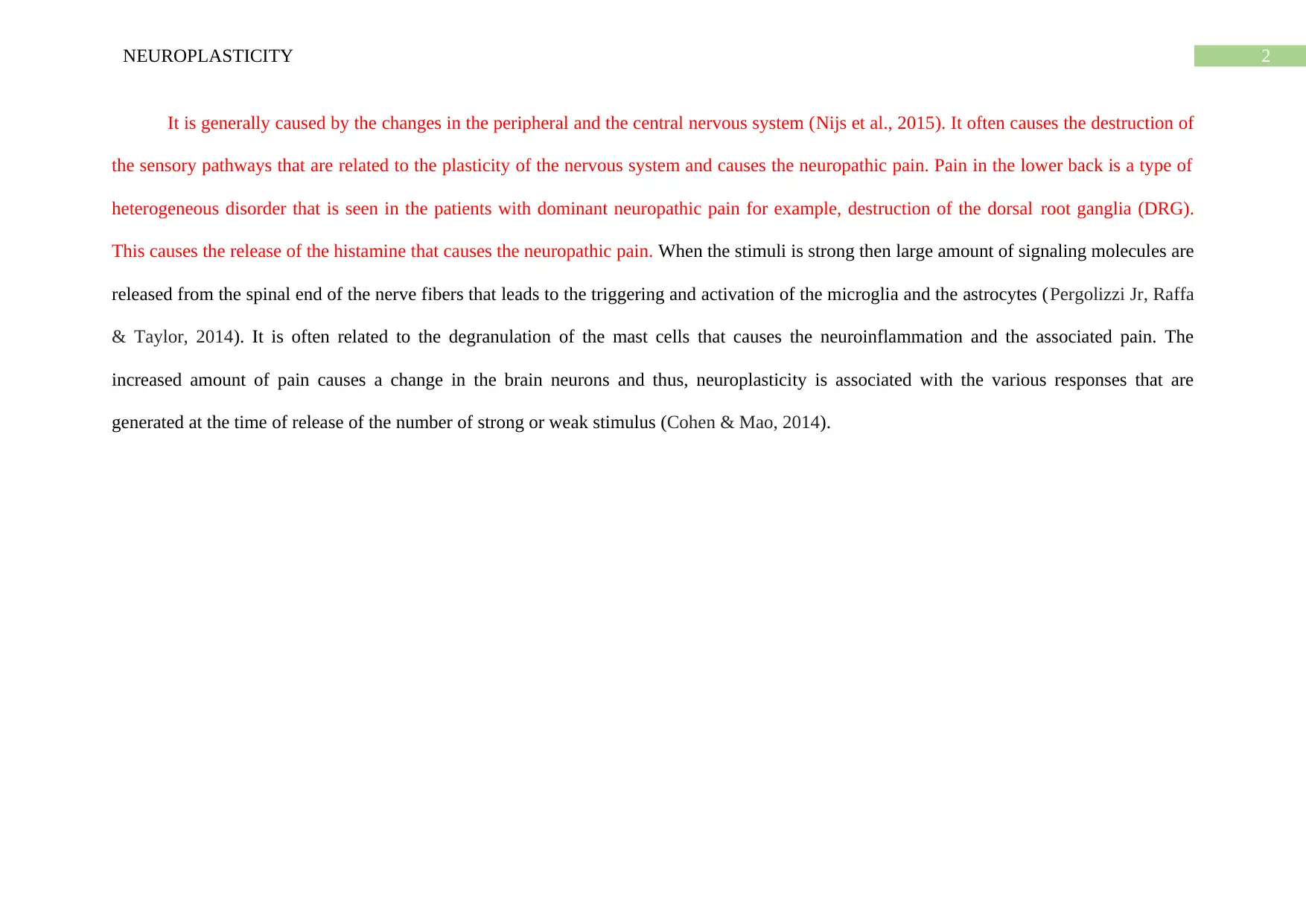

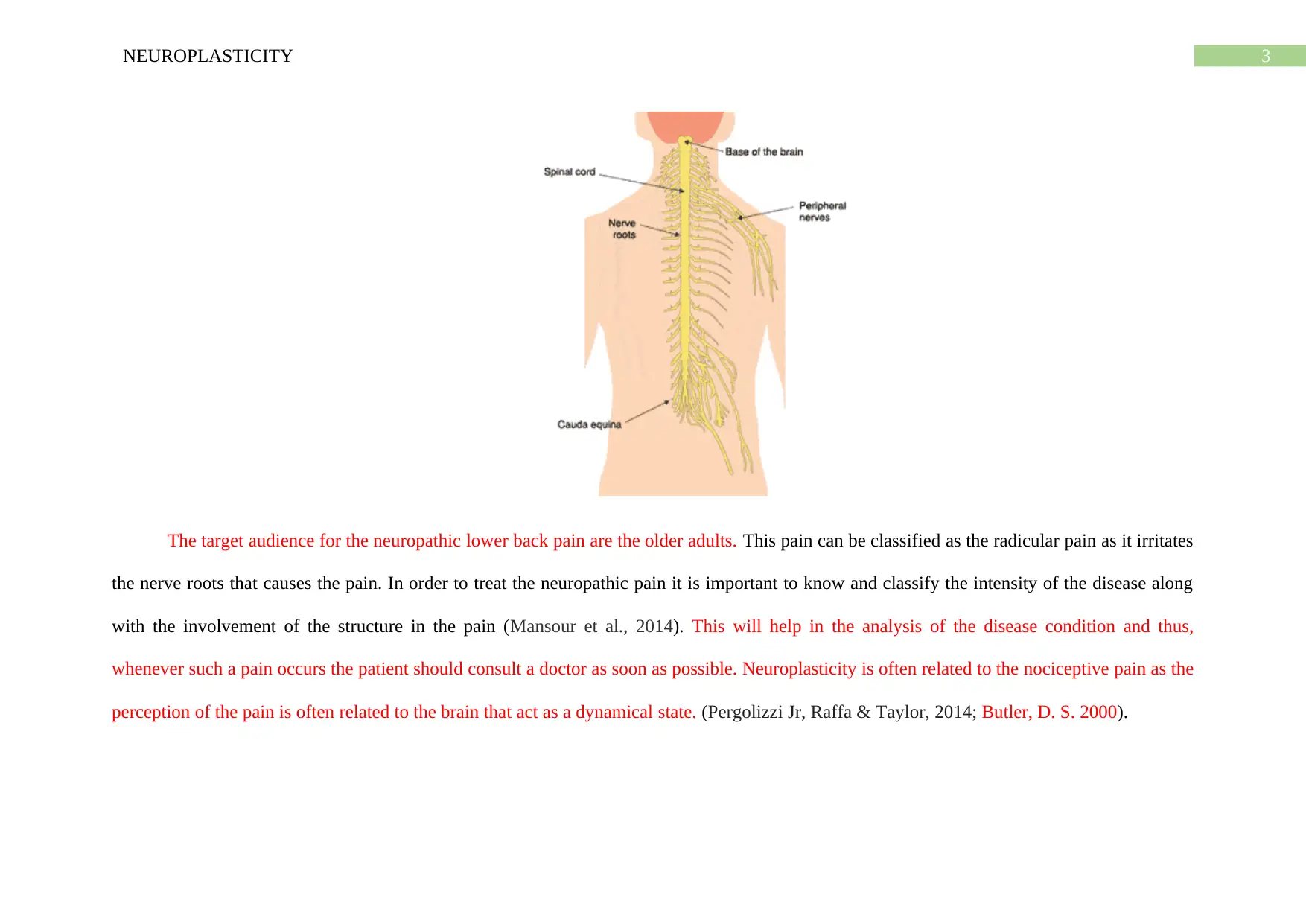
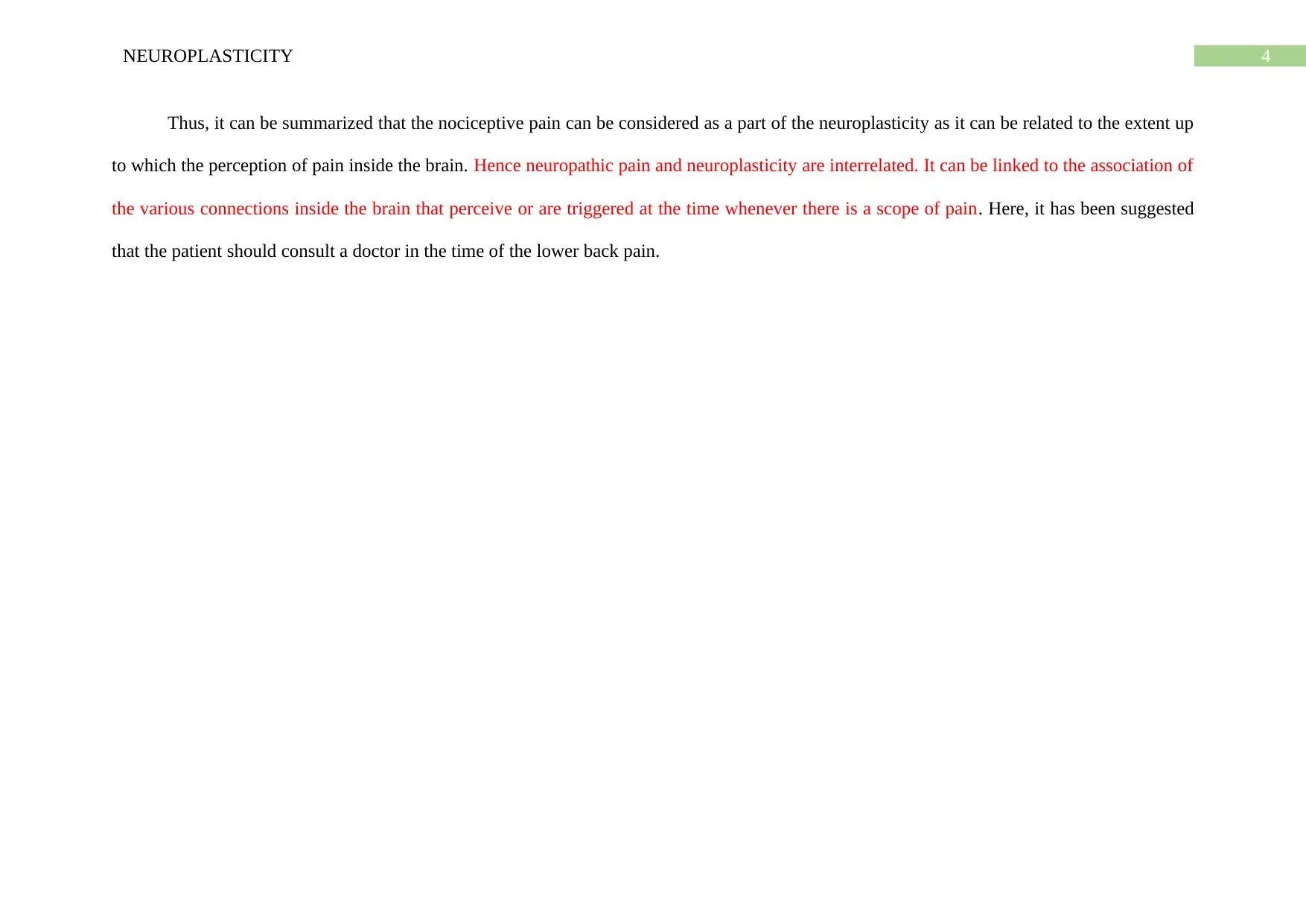
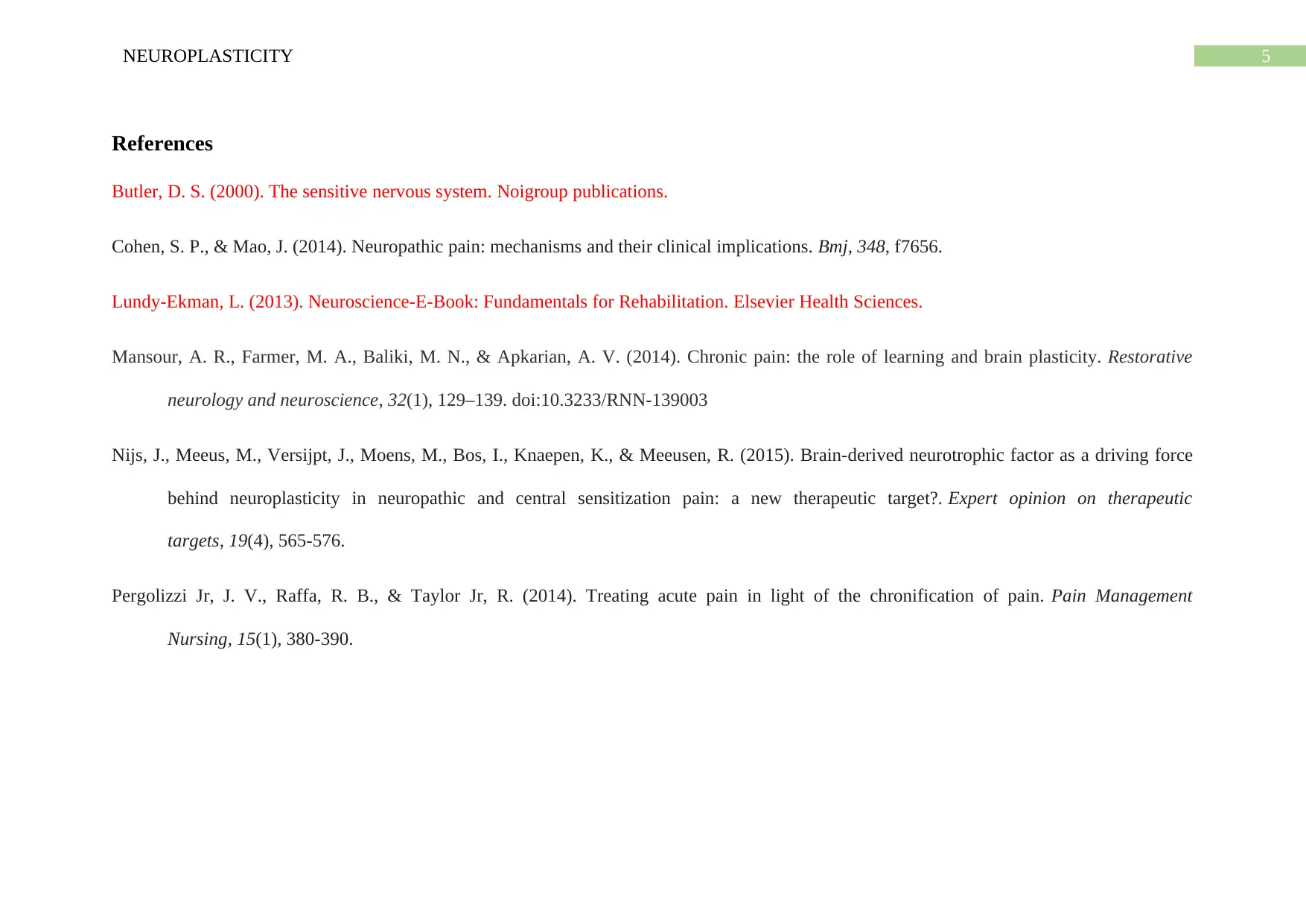
![[object Object]](/_next/static/media/star-bottom.7253800d.svg)